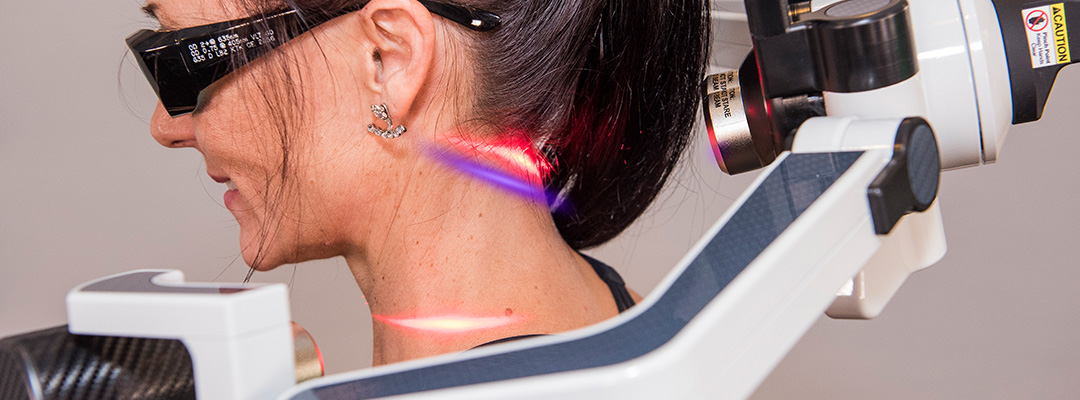
9-Minute Read
Are you a healthcare professional seeking to enhance your medical practice with an innovative and patient-friendly therapeutic approach? Do you find yourself weary of the burdensome costs and invasiveness often associated with conventional medical treatments, along with the extensive list of accompanying side effects?
Imagine incorporating a breakthrough therapy that not only proves remarkably cost-effective, but also stands as a non-invasive and painless alternative to pharmaceuticals and surgical interventions, as well as other common forms of treatment that we will discuss throughout this article.
Welcome to the world of Low-Level Laser Therapy (LLLT). This revolutionary treatment holds the potential to transform your medical practice and redefine patient care standards.
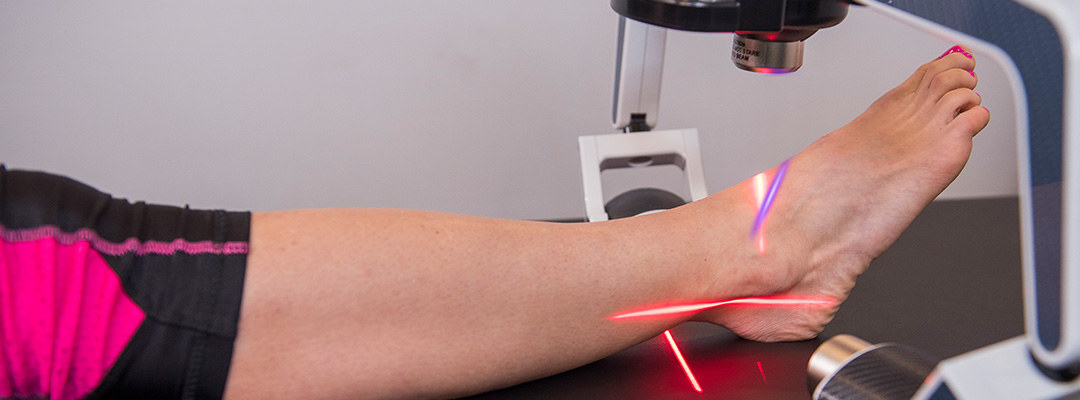
By utilizing the capabilities of low-intensity lasers, LLLT taps into the body’s innate healing mechanisms, activating tissue regeneration and fostering holistic wellness.
LLLT harnesses the power of low-intensity lasers to stimulate the body’s natural healing processes. It has potential to promote tissue regeneration and enhance overall well-being. The remarkable potential of LLLT lies in its ability to provide safe and effective relief from pain and discomfort. A great benefit is it is also without the risks and inconveniences commonly associated with other treatments.
As medical professionals, it is important to shape a future of medicine that is not only more effective, but also cost-effective. By embracing LLLT, we can unlock the significant advantages it offers in terms of both patient outcomes and financial considerations. This therapy has the potential to revolutionize our approach to healing and improve the well-being of our patients.
LLLT in Comparison to Other Treatments
In today’s healthcare landscape, cost-effective treatment options hold significant importance. Low-Level Laser Therapy (LLLT) has emerged as a promising and economically viable alternative for medical practices in some cases.
Related: Cold Laser Therapy for Neck & Shoulder Pain
By comparing LLLT to various treatment options such as pharmaceutical treatments, surgical procedures, physiotherapy, massage therapy, acupuncture, and cryotherapy, we can gain insights into its cost-effectiveness and how it outperforms or complements existing approaches.
Pharmaceutical Treatments
Low-level laser therapy offers doctors a more cost-effective approach compared to pharmaceuticals, firstly, because it reduces medication expenses. It can serve as an alternative to expensive pharmaceutical drugs. This can lead to significant cost savings in terms of medication procurement and inventory management. Additionally, LLLT requires lower administration costs, as trained staff can perform the therapy under the supervision of doctors, allowing physicians to allocate their time to other essential medical tasks.
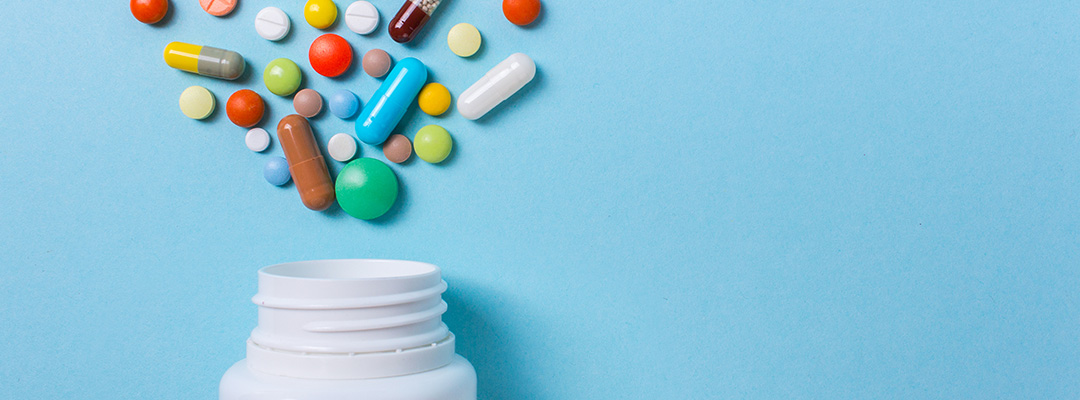
LLLT is a cost-effective alternative to pharmaceuticals for doctors as it reduces medication expenses and administration costs, allowing physicians to allocate time to other tasks.
LLLT offers doctors a cost-effective treatment option with a lower risk of adverse events compared to pharmaceuticals. By incorporating LLLT into their practice, doctors can increase patient throughput through shorter sessions and potentially reduce the need for prolonged pharmaceutical treatments or surgeries. This is the path to long-term cost savings. The approach enhances patient outcomes while optimizing resource allocation.
Surgical Treatments
Low-level laser therapy (LLLT) provides doctors with a cost-effective alternative to surgical treatments. By opting for LLLT, doctors can avoid the high expenses associated with surgical interventions, including operating rooms, anesthesia, and post-operative care. LLLT also carries a lower risk of complications, reducing expenses related to managing complications and providing follow-up care.
Related: Why You Should Use Low-Level Lasers for Chronic Pain at Your Practice
With shorter sessions and fewer resources required, LLLT enables doctors to efficiently treat more patients.
Additionally, LLLT eliminates the costs associated with hospital stays and post-operative rehabilitation, leading to long-term cost savings. By incorporating LLLT into their practice, doctors can deliver cost-effective care while minimizing the financial burdens associated with surgical treatments.
Physiotherapy
LLLT eliminates the need for expensive and time-consuming manual therapy and reduces the costs associated with manual therapy equipment. With shorter treatment sessions and fewer resources required, LLLT enables doctors to efficiently treat more patients within a given timeframe.
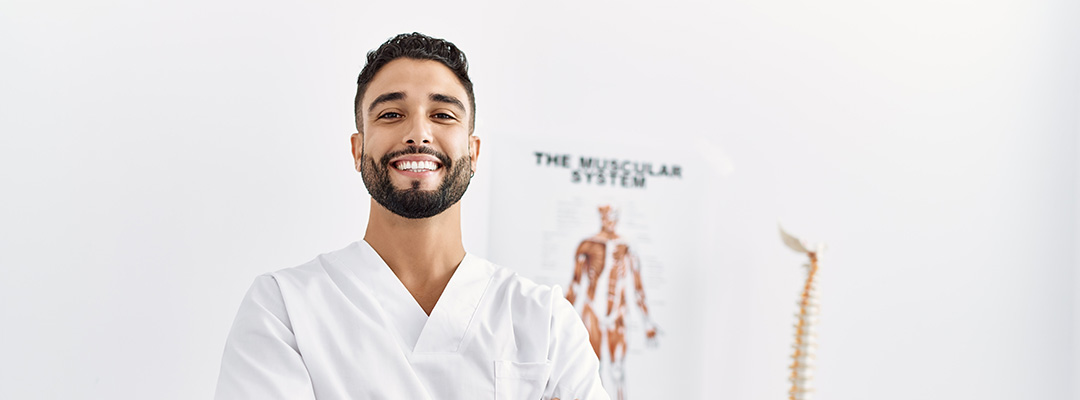
Physiotherapists can efficiently treat more patients with the shorter treatment times LLLT provides.
By incorporating LLLT into their practice, doctors can provide cost-effective care while optimizing resource allocation and enhancing patient outcomes.
Acupuncture
Low-level laser therapy (LLLT) can be a more cost-effective option for doctors compared to acupuncture for several reasons. By eliminating the need for needle insertion, LLLT reduces the expenses associated with acupuncture needles and related supplies. LLLT also requires less time and resources than lengthy acupuncture treatments. Doctors can treat more patients within a given timeframe (a common advantage LLLT presents over other forms of treatment).
Related: How Laser Therapy Helps Athletes Physically and Mentally
Additionally, LLLT offers a standardized treatment approach, ensuring consistency and potentially reducing variability in treatment costs. It can also be performed by trained staff under the supervision of doctors. This allows physicians to allocate their time to other essential medical tasks reducing labor costs.
Cryotherapy
Low-level laser therapy (LLLT) offers doctors a more targeted and efficient treatment approach compared to cryotherapy. By providing specific relief to targeted areas of the body, LLLT reduces the need for extensive treatments for widespread pain management. This targeted approach not only accelerates recovery time but also allows for shorter patient treatment durations, creating more bandwidth for medical practitioners to attend to other important tasks.
LLLT is a popular option for individuals seeking an effective way to manage excess fat storage without invasive procedures. By understanding the complex processes of how the body stores and metabolizes fat, individuals can make informed decisions about their health and consider LLLT as a viable option for managing unwanted body composition changes. With the help of healthcare professionals, patients can achieve their desired body composition and improve their overall health and well-being.
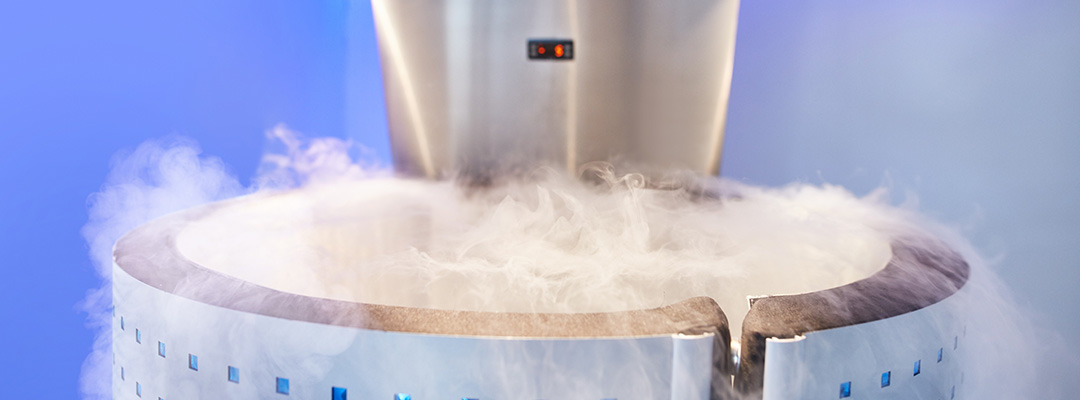
LLLT’s targeted relief to specific areas of the body reduces the need for extensive treatments, accelerates recovery, and frees up medical practitioners for other important tasks.
LLLT’s speed and precision in targeted recovery are indeed significant factors, but its benefits extend further to encompass flexibility and seamless integration into medical practices. Incorporating LLLT does not require significant investment or overhead costs. Doctors can easily merge this therapy into their existing practice without major disruptions or financial costs.
Patient Outcomes is Priority
Low Level Laser Therapy (LLLT) is recognized as an effective therapy for a wide range of symptoms, including back pain and plantar fasciitis. The cost-effectiveness of LLLT compared to other treatments has been well-documented. However, it is important to note that medical professionals do not discourage the use of multiple therapies simultaneously. The primary goal is to provide optimal care for patients. If that involves incorporating various treatments, it is encouraged.
Each patient is unique, and their treatment plan should be tailored to their individual needs and responses. By integrating LLLT alongside other therapies, healthcare providers can maximize the potential benefits and deliver comprehensive care.
Not All Light is the Same [Free eBook Download]
Discover the benefits of Low-Level Laser Therapy (3LT®) by Erchonia, a world leader in the field of 3LT® technology. Learn how 3LT® can help reduce the need for prescription opioids for chronic low back pain, the science behind 3LT® and the difference between visible lasers and infrared lasers.
Related: Red Light Therapy: Dispelling Laser Myths with Basic Photochemistry
Sources:
https://pubmed.ncbi.nlm.nih.gov/20393809/
